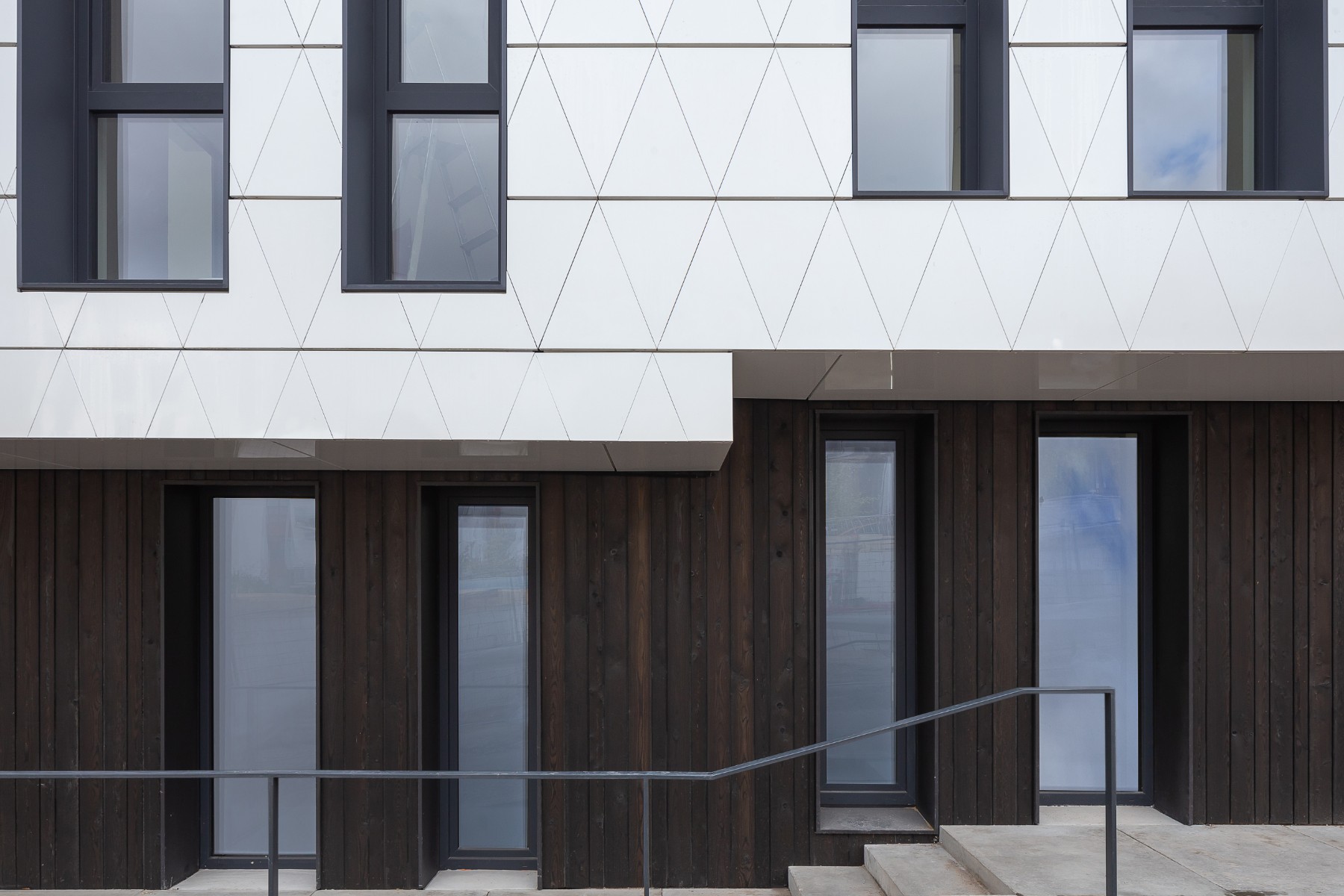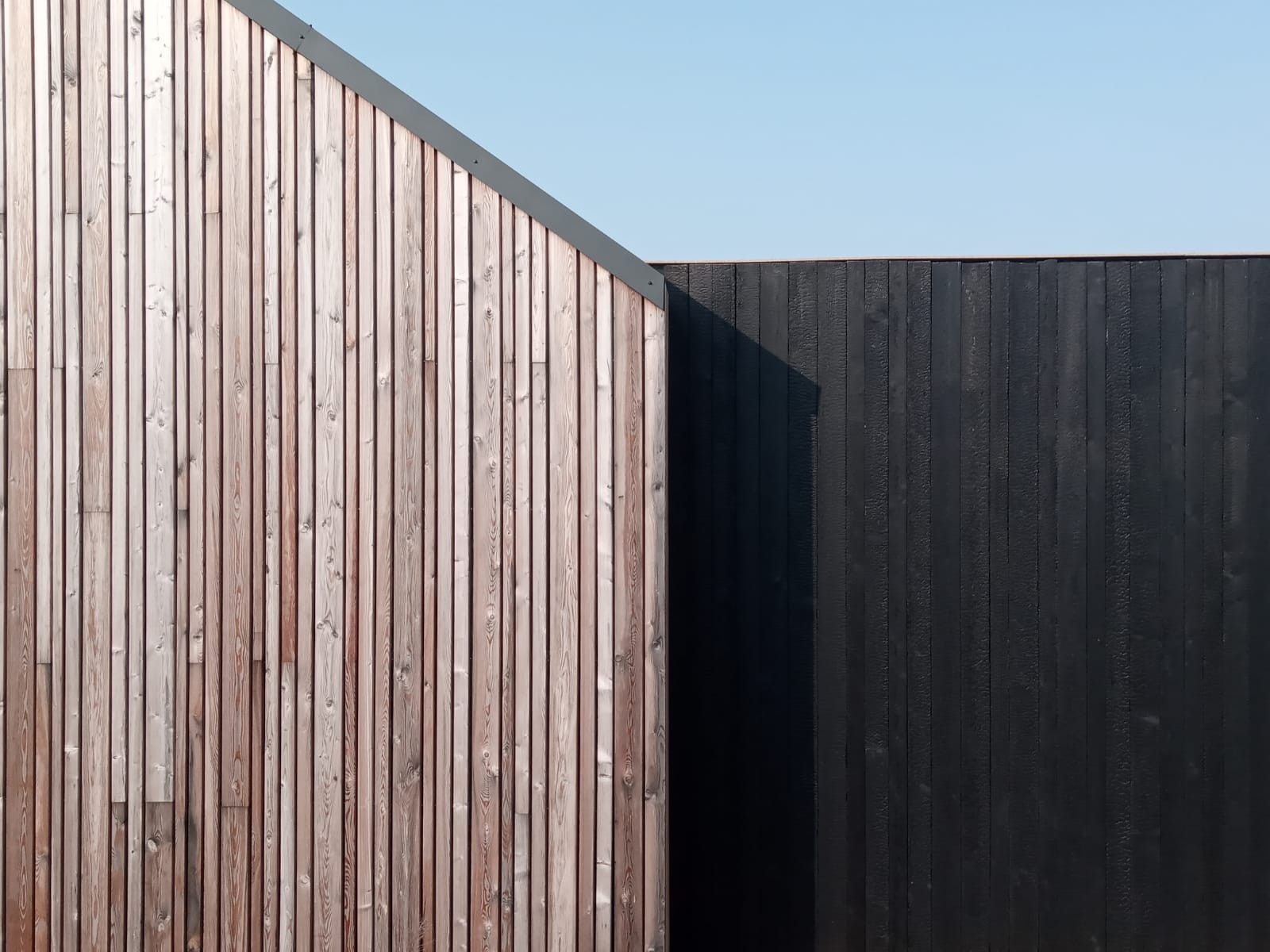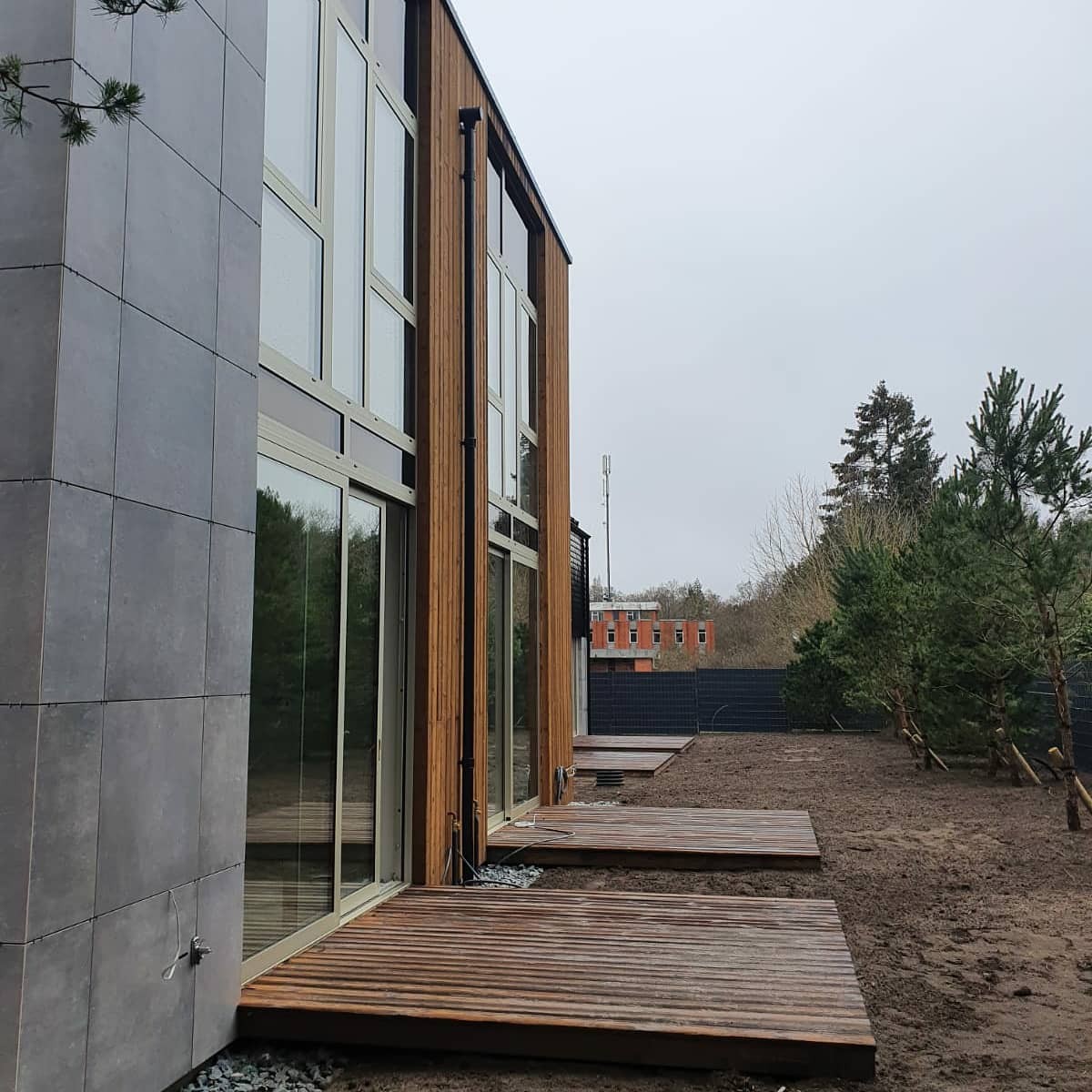Different Types of Cladding
In architecture, cladding is the layering of non-structural material over the surface of a building’s walls. What we often see when we look at the surface of a completed building is not the actual structural material used in its construction but a covering of the same. This cover material is the cladding, applied to both the exterior and interior of buildings. Siding is the cladding material specifically used for the outer parts of buildings. There are many siding ideas to consider when looking for exteriors that are appealing, durable, or economical.

Is Cladding Necessary?
Building construction is an expensive undertaking. Why should we stretch the budget to take on costs that only adds one more layer of surfacing to a building? After all, we can live in it quite comfortably without spending a dime on layering its walls, can’t we? Well, not really.
Firstly, siding helps to tackle the age-old enemy of any building: weathering. As the name suggests, weathering is the breakdown of materials due to the influence of the elements. With buildings, the critical destructive tool in the process is thermal expansion. Temperature changes cause walls to expand and contract, which leads to cracks in the walls over time. Cladding serves as a buffer against direct exposure of the walls to the elements and their harmful influence.
Secondly, cladding serves decorative purposes. Designs of different colors, imprints, and patterns help give the building a pleasant look. Whether as a household receiving visitors or as a company welcoming clients, appearances play a huge role in branding. Structures exist not just to house us, but to tell the world who we are. Impressionable cladding conveys positive opinions about us.
Finally, siding helps to provide the right acoustics for sound insulation or absorption. Good sound absorption is essential in commercial settings, and it also makes your home an oasis of peace. Poor or no cladding would leave room for disruptive external sound feedback.
Types According to Materials Used

Cladding types are differentiated according to the type of materials used for their fabrication. In the past, most siding solutions revolved around wood or stone. However, in response to a growing demand for greater resilience, better protection, and lower costs, advances in technology have added vinyl, aluminum, engineered wood, and concrete to the spectrum of choices. There are over ten cladding types in the market today. We will look at the top five, taking their respective pros and cons into account.
Brick/Stone Cladding
Brick/stone cladding is made of chipped and smoothened stones or hardened brick. This cladding’s naturally roughened look makes it ideal for siding. Stone is long-lasting and requires little to no maintenance. However, it is both expensive and environmentally damaging to produce.
Stucco Cladding
Stucco siding is formed out of the aggregates of different materials combined with binders and water. The materials commonly used include sand, gravel, crushed stone, slag, recycled concrete, and geosynthetics. Stucco siding is known for being durable, versatile, and fire-resistant. Above all, materials to produce stucco cladding are abundant. One downside of stucco is that the mix of materials required to process it pushes the price tag upwards. The application of stucco cladding is also notoriously labor-intensive.
Vinyl Cladding
Vinyl is a synthetic plastic substance produced from ethylene and chlorine. Both constituent materials are respectfully obtained from crude oil and common salt. Scientists invented vinyl in the 1920s to answer the need for an industrial material that is durable, affordable, and easy to manufacture. Being recyclable makes vinyl environmentally friendly. As a siding material, vinyl is remarkably resistant to water and moisture, and an excellent insulant. Vinyl’s flexibility also makes it versatile during application. However, the material is known to release toxins into the atmosphere when heated beyond a specific temperature. Besides, the material’s plasticky look gives an impression of cheapness that could lead to a building being undervalued.
Wooden Cladding
Wood takes the enviable position of being the most environmentally friendly in the list. This is because wood is both recyclable and 100% biodegradable. For siding purposes, wood is weather-resistant, an incredibly good insulant, durable, and easy to install. The natural look of wood offers an unmatched aesthetic quality that conveys familiarity, comfort, and security. Wooden boards also serve as materials for decking and flooring. Wooden surfaces are in tune with nature and offer amazing unique textures and inherent beauty. However, in the critical matter of fire resistance, wood’s durability is often stretched to its limit. Wood is a material that burns quickly once it is touched by fire.
Metal Cladding
Many people will say metal siding is the ultimate protector of walls from the elements. Materials typically used include stainless steel, zinc, copper, and aluminum. Metals have the resilience to withstand extreme weather conditions for years, even decades. Being both malleable and ductile, metals lend themselves to a smooth application during construction. Also, the material’s shiny glossy look epitomizes appealing elegance. Metal siding can serve as fencing materials too. However, the most obvious con of metallic cladding is the high price and the amount of care it requires.
Charred Wood to the Rescue

Shou Sugi Ban, also known as Yakisugi, is a Japanese wood preservation technique in which cypress wood is charred and processed into a finish that is far more beautiful, versatile, durable, and environmentally sustainable than regular wood. This traditional mastery of wood preservation dates back to the 1700s. The process involves wood charring via open flame, followed by cooling, cleaning, and adding a natural oil finish.
In recent times, the demand for charred timber wood increased tremendously, as it’s a 100% natural, unique, affordable, visually stunning, and incredibly durable siding option. Here are the most essential features that make Shou Sugi Ban Cladding the perfect choice:
- Natural durability makes it a fantastic siding option that often lasts over 100 years with minimal maintenance
- The high versatility of Yakisugi wood allows seamless combining with other materials
- The charring treatment significantly improves water and fire resistance
- Contains no toxic substances makes burnt wood a 100% natural alternative to other types of treated wood solutions
Natural look offers a truly unique choice for all kinds of projects and architectural styles Degmeda uses the charred wood technique to process wood for flooring, decking, fencing, and various other indoor and outdoor projects. They offer different timber types, including Accoya, larch, pine, spruce, and cedar, so you’re guaranteed to find a perfect solution for your needs. Along with finished Shou Sugi Ban products, Degmeda offers wood charring services. With ten successful years of experience, Degmeda will make sure that form, function, and design blend perfectly the features that make the perfect choice:
- Natural durability makes it a fantastic siding option that often lasts over 100 years with minimal maintenance
- The high versatility of Yakisugi wood allows seamless combining with other materials
- The charring treatment significantly improves water and fire resistance
- Contains no toxic substances makes burnt wood a 100% natural alternative to other types of treated wood solutions
- Natural look offers a truly unique choice for all kinds of projects and architectural styles
Degmeda uses the charred wood technique to process wood for flooring, decking, fencing, and various other indoor and outdoor projects. They offer different timber types, including Accoya, larch, pine, spruce, and cedar, so you’re guaranteed to find a perfect solution for your needs.
Along with finished Shou Sugi Ban products, Degmeda offers wood charring services. With ten successful years of experience, Degmeda will make sure that form, function, and design blend perfectly to meet all your needs.